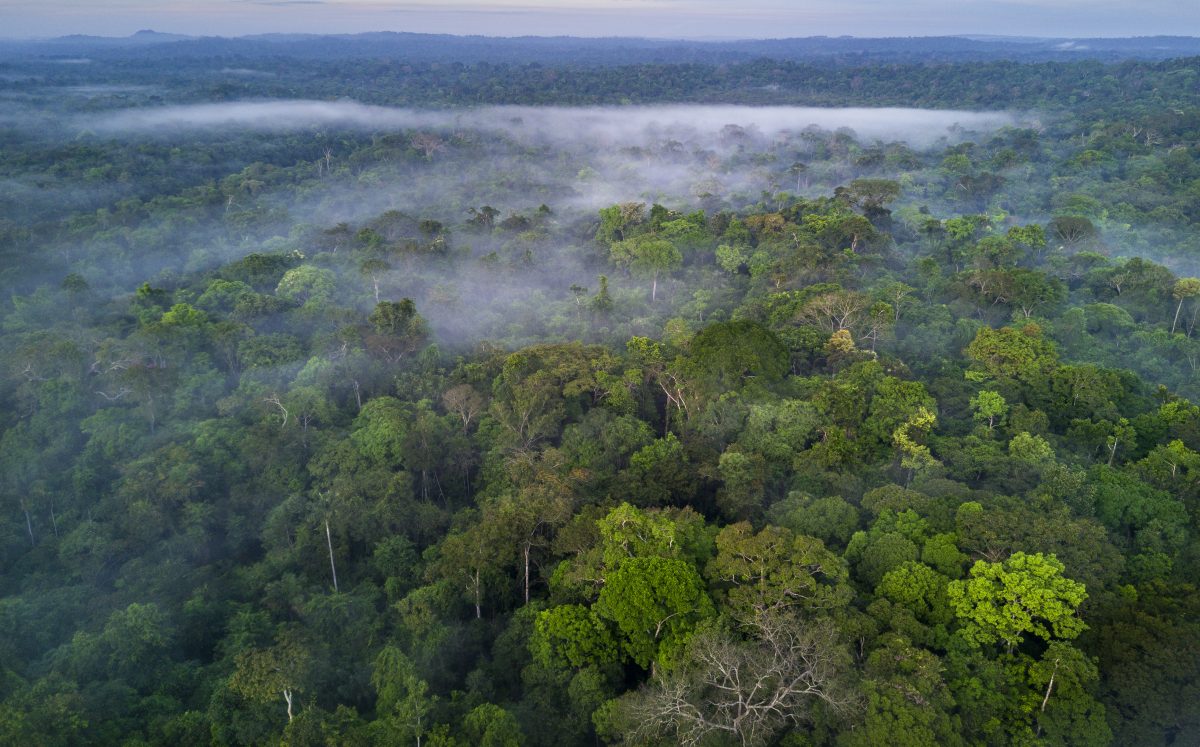Why does 40% of the Amazon rainforest remain unprotected in relation to climate change?

The Amazon rainforest is key to preventing global warming, according to scientists. However, new data released on Wednesday shows that large areas of this rainforest, which is essential to maintaining the global climate, are still unprotected.
According to an investigation by charity Amazon Conservation, nearly 40% of the Amazon rainforest areas most important for reducing climate change have not been given specific government protection as either nature or indigenous reserves.
The data indicates that the areas are located in Peru's far southwest of the Amazon and in Brazil's far northeast, French Guiana, and Suriname.
According to Matt Finer, head of Amazon Conservation's Monitoring of the Andean Amazon Project, those regions of the Amazon contain the largest, densest trees and the longest canopy cover. (MAAP). This indicates that these regions store the most carbon, which, in the event that the rainforest is destroyed by fire or logging, would be released into the atmosphere as greenhouse gases that warm the planet.
What satellite data reveal
Amazon Conservation coupled machine-learning models with newly acquired data from Planet, a satellite imaging business that employed lasers to create a three-dimensional image of the jungle.
Subsurface carbon in soils and roots was not taken into consideration; only vegetation above ground was.
According to MAAP's analysis, 61% of the Amazon's peak carbon areas are designated as indigenous reserves or other protected territories, with the other parts typically without any formal designation.
Merely 51% of peak carbon regions in Brazil, Suriname, and French Guiana have been designated for preservation. A greater percentage of Peru's vital regions are protected, but some of the unprotected areas have been designated for logging.
The significance of the Amazon
According to a study released by MAAP last month, the Amazon has 71.5 billion tons of carbon, or nearly twice as much as the world's projected carbon dioxide emissions for 2022. According to that research, the Amazon narrowly managed to capture more carbon than it released in the ten years preceding 2022, which is good news for global climate.
However, there is still a great deal of disagreement over it, as other research indicates that the Amazon has switched to become an emissions source.
One of the most important resources for the health of the earth is the Amazon, since the repercussions of human-caused climate change become more obvious every day. Scientists warn that the Amazon might have catastrophic effects on the planet if it starts to emit carbon instead of absorbing it from the atmosphere.
For this reason, the information released by Amazon Conservation is significant. "It basically provides this broad guide of some of the most carbon-intensive areas that need to be protected," Finer remarked. They truly show the most pristine areas of the Amazon that are still accessible," he remarked. Reuters
